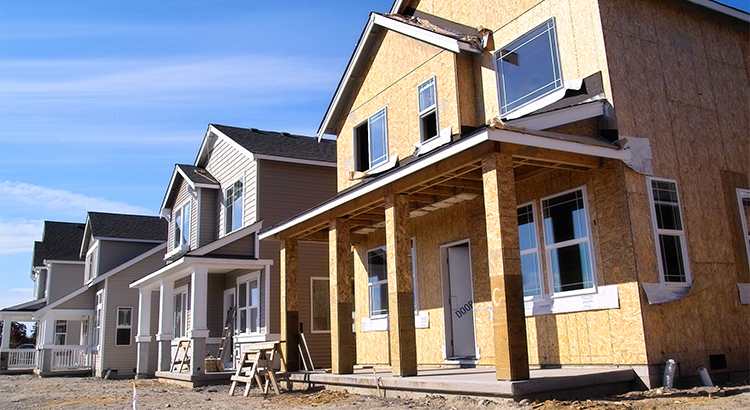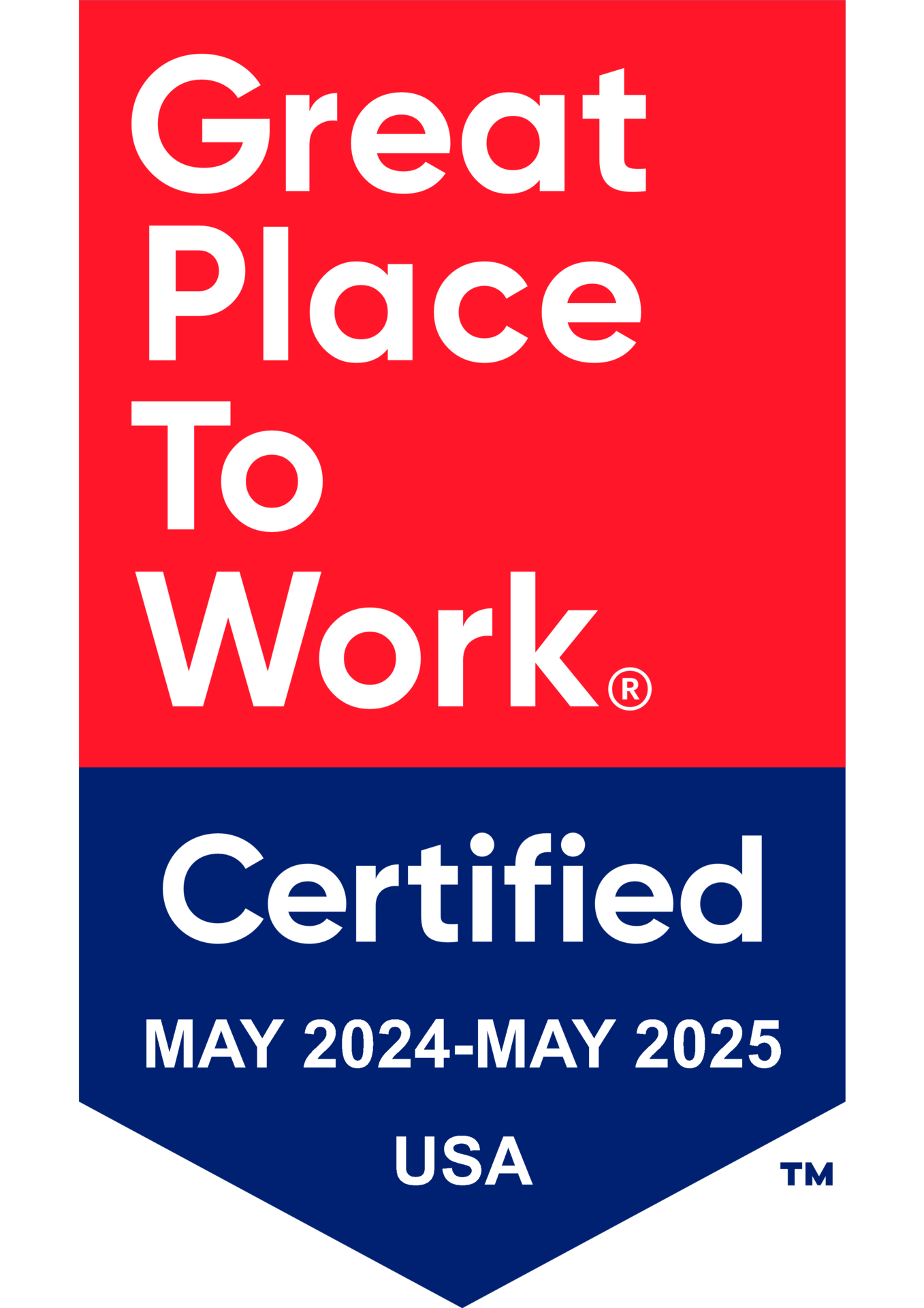4 Reasons to Sell Your House This Winter [INFOGRAPHIC]
![4 Reasons to Sell Your House This Winter [INFOGRAPHIC] | Simplifying The Market](https://files.keepingcurrentmatters.com/wp-content/uploads/2018/12/20181214-STM-ENG.jpg)
Some Highlights
- Buyer demand continues to outpace the supply of homes for sale which means that buyers are often competing with one another for the few listings that are available!
- Housing inventory is still under the 6-month supply needed to sustain a normal housing market.
- Perhaps the time has come for you and your family to move on and start living the life you desire.



![The Tale of Two Markets [INFOGRAPHIC] | Simplifying The Market](https://files.keepingcurrentmatters.com/wp-content/uploads/2018/12/20181207-STM-ENG.jpg)




![Home Prices Up 6.34% Across the Country! [INFOGRAPHIC] | Simplifying The Market](https://files.keepingcurrentmatters.com/wp-content/uploads/2018/11/20181130-STM-ENG.jpg)







![VA Home Loans by the Numbers [INFOGRAPHIC] | Simplifying The Market](https://files.keepingcurrentmatters.com/wp-content/uploads/2018/11/20181109-STM-ENG.jpg)





![Buying a Home? Do You Know the Lingo? [INFOGRAPHIC] | Simplifying The Market](https://files.keepingcurrentmatters.com/wp-content/uploads/2018/10/20181012-STM-ENG.jpg)


